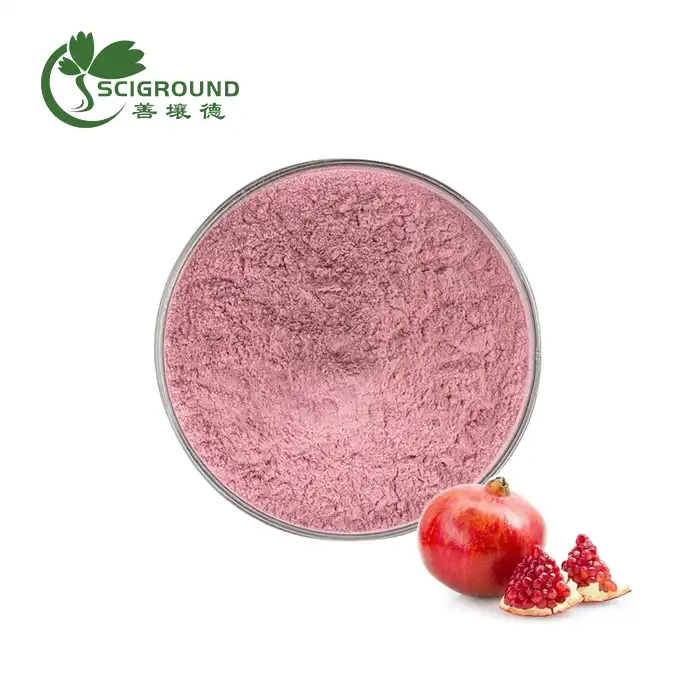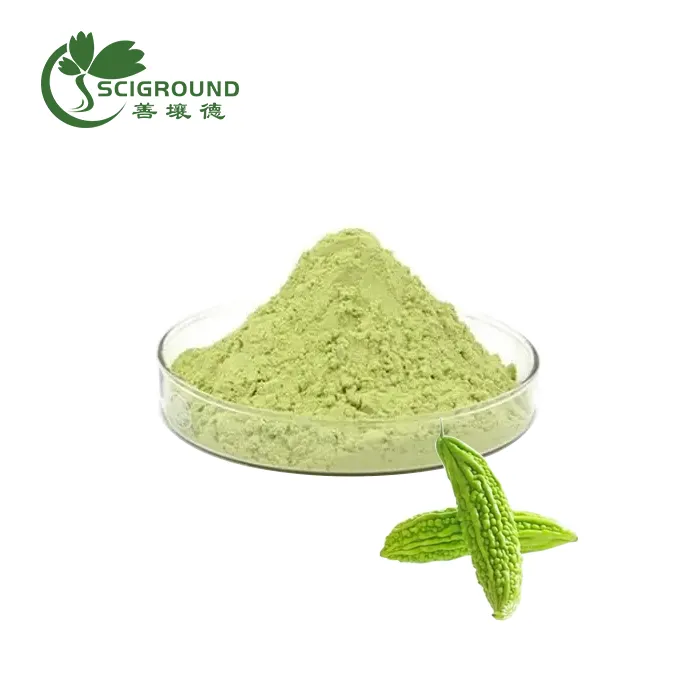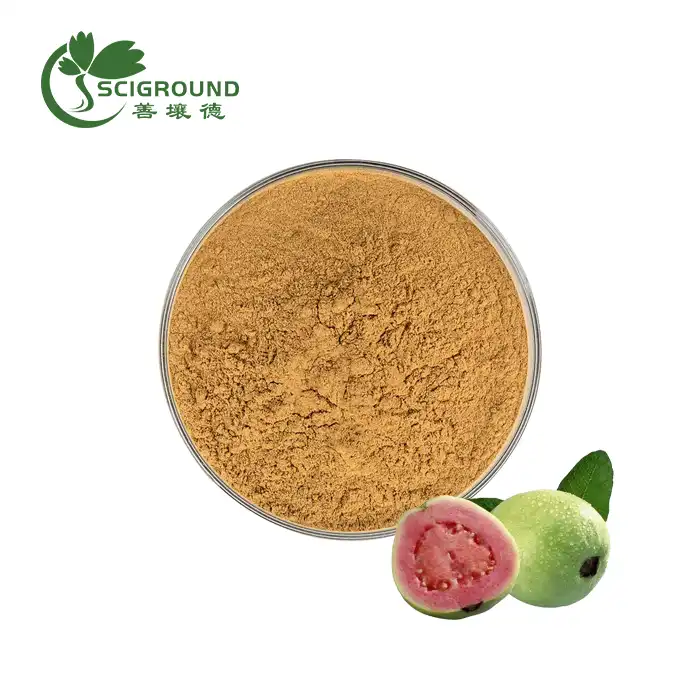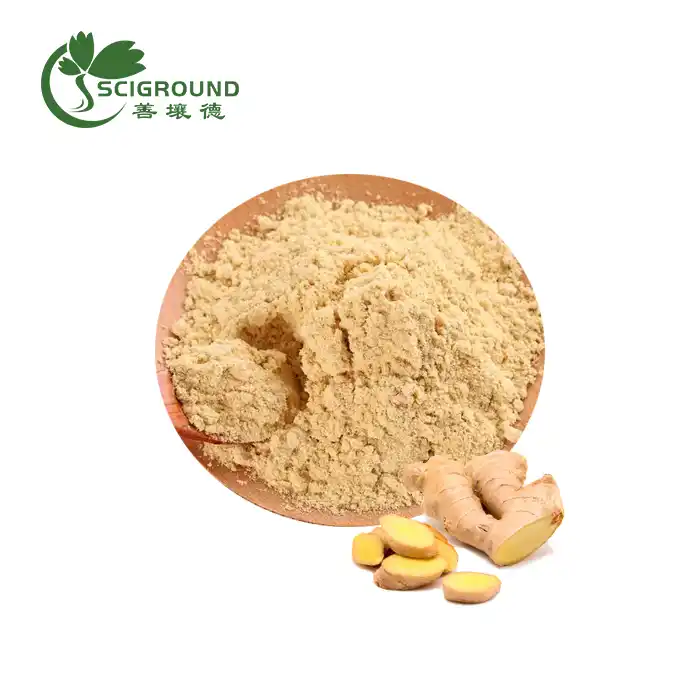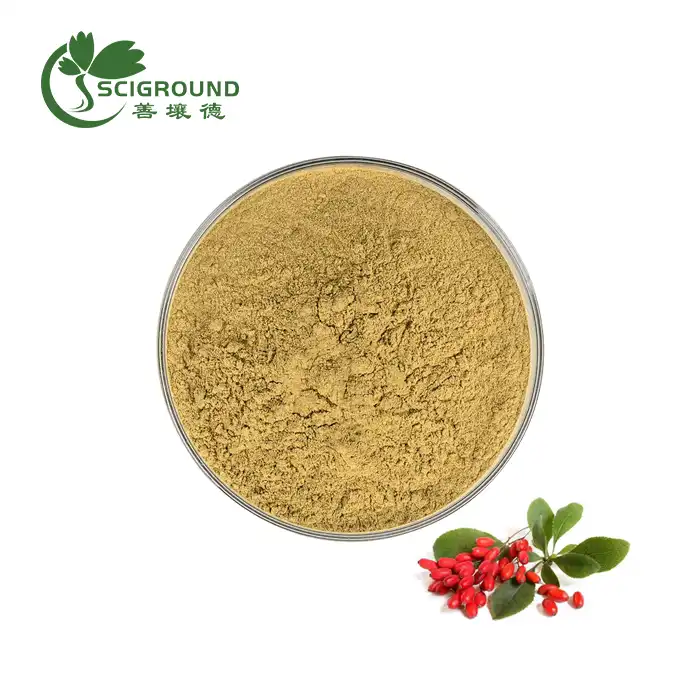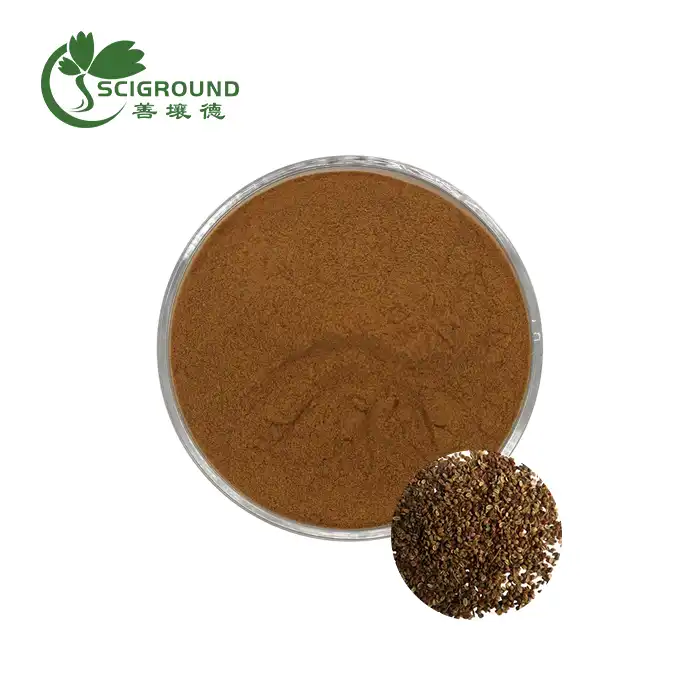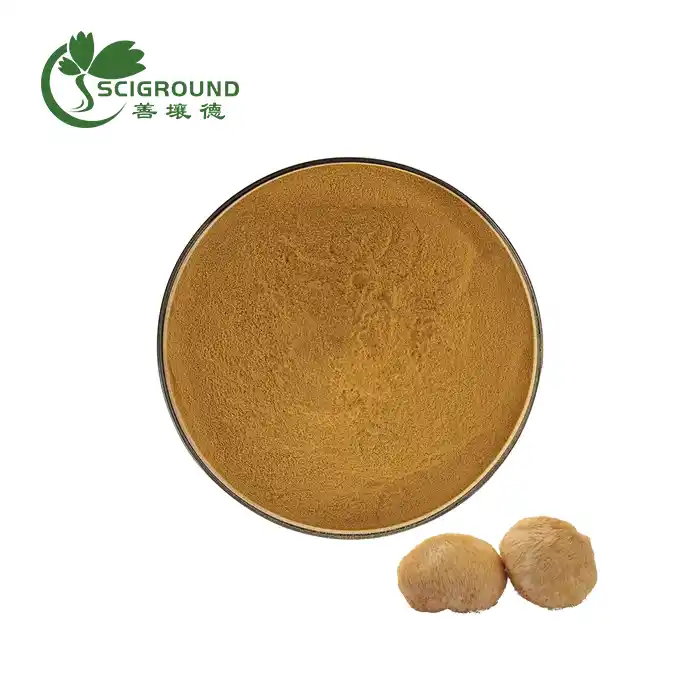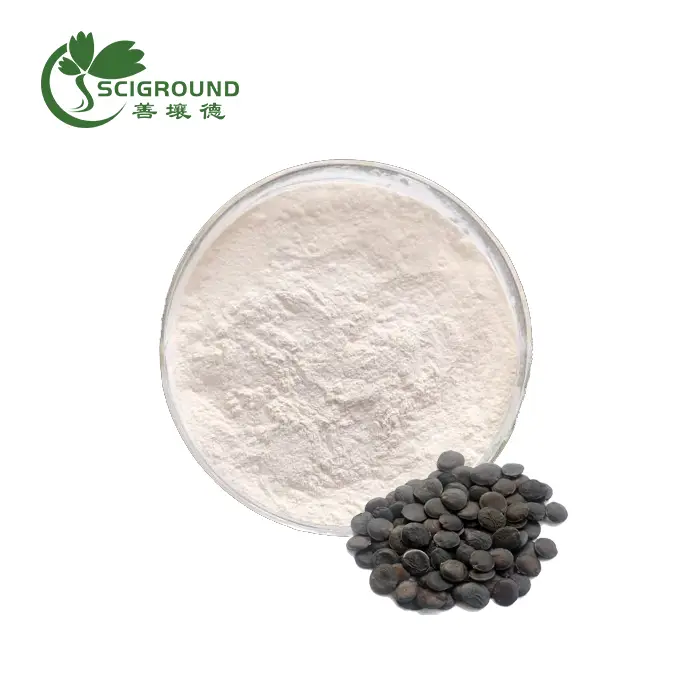What is the difference between Acorus gramineus and Acorus calamus?
Acorus gramineus and Acorus calamus are two distinct species within the Acorus genus, both known for their medicinal properties and use in traditional medicine. While they share some similarities, there are notable differences in their appearance, habitat, and chemical composition. This article will explore these differences and discuss their various applications.
Morphological Differences
The most apparent differences between Acorus gramineus and Acorus calamus lie in their physical characteristics:
- Size: Acorus gramineus is generally smaller, growing to about 30-45 cm tall, while Acorus calamus can reach heights of up to 2 meters.
- Leaves: A. gramineus has narrow, grass-like leaves, typically 20-30 cm long and 0.5-1 cm wide. A. calamus has longer, sword-shaped leaves that can grow up to 1 meter in length and 1-2.5 cm in width.
- Rhizomes: The rhizomes of A. gramineus are more slender and less aromatic compared to those of A. calamus.
- Flowers: A. gramineus produces small, yellowish-green flowers on a spadix that is typically 2-4 cm long. A. calamus has a longer spadix, usually 5-7 cm in length.
Habitat and Distribution
These two species also differ in their natural habitats and geographical distribution:
- Acorus gramineus: Native to East Asia, including China, Japan, Korea, and parts of Southeast Asia. It prefers moist, shaded areas and is often found in forests, along streams, and in wetlands.
- Acorus calamus: Has a wider distribution, native to North America, Europe, and Asia. It thrives in wetlands, marshes, and along the edges of ponds and lakes.
Chemical Composition and Medicinal Uses
While both species contain bioactive compounds, their chemical profiles and traditional uses differ:
- Acorus gramineus: Contains α-asarone, β-asarone, and other essential oils. It is commonly used in traditional Chinese medicine for improving cognitive function, relieving anxiety, and treating digestive issues.
- Acorus calamus: Rich in β-asarone, which is considered potentially toxic in high doses. It has been used traditionally for digestive problems, respiratory issues, and as a sedative. However, its use is restricted in some countries due to safety concerns.
What is acriflavine hydrochloride used for?
Acriflavine hydrochloride, while not directly related to Acorus species, is an antiseptic agent with various applications. It is used in aquaculture to treat fungal and bacterial infections in fish. In medical settings, it has been employed as a topical antiseptic for wounds and skin infections. Recent research has also explored its potential as an anticancer agent, particularly in targeting hypoxia-inducible factors in tumors.
What is acrylamide powder used for?
Acrylamide powder, another compound unrelated to Acorus, is a versatile chemical with numerous industrial applications. It is primarily used in the production of polyacrylamide, which finds use in water treatment, paper manufacturing, and soil conditioning. In scientific research, acrylamide is crucial for gel electrophoresis, a technique used to separate DNA, RNA, and proteins. However, it's important to note that acrylamide is a neurotoxin and potential carcinogen, so its use requires strict safety precautions.
How to take acetyl-L-carnitine powder?
Acetyl-L-carnitine is a popular dietary supplement, distinct from Acorus extracts. When taking acetyl-L-carnitine powder:
- Dosage: Typical doses range from 500-2000 mg per day, divided into 2-3 doses.
- Timing: It's often recommended to take it with meals to enhance absorption.
- Method: Mix the powder with water or juice for easy consumption.
- Consistency: For best results, take it regularly as part of a daily regimen.
- Consultation: Always consult with a healthcare professional before starting any new supplement regimen, especially if you have pre-existing health conditions or are taking medications.
Acetyl-L-carnitine is purported to support brain function, energy production, and muscle recovery, though more research is needed to fully substantiate these claims.
Conclusion
Understanding the differences between Acorus gramineus and Acorus calamus is crucial for their proper identification and use. While both have a history in traditional medicine, their distinct characteristics in morphology, habitat, and chemical composition set them apart. As with any herbal product, it's essential to source from reputable suppliers and consult with healthcare professionals before use.
For high-quality Acorus Gramineus Extract and other plant-based products, Shaanxi SCIGROUND offers professional manufacturing and supply services. Our GMP-certified facility ensures product quality and safety. To learn more about our Acorus Gramineus Extract or other botanical extracts, please contact us at info@scigroundbio.com.
References:
- Chen, L., et al. (2019). "Comparative analysis of chemical constituents in Acorus gramineus and Acorus calamus." Journal of Pharmaceutical and Biomedical Analysis, 170, 236-241.
- Kim, H., et al. (2018). "Neuroprotective effects of Acorus gramineus rhizome against neuronal cell death induced by beta-amyloid." Evidence-Based Complementary and Alternative Medicine, 2018, 1-9.
- Rajput, S. B., et al. (2014). "Comparative evaluation of antibacterial and antioxidant properties of Acorus calamus extracts." Pharmaceutical Biology, 52(4), 410-416.
- Wang, Z., et al. (2020). "Traditional uses, phytochemistry, and pharmacology of Acorus gramineus Soland: A review." Journal of Ethnopharmacology, 257, 112859.
- Zhang, Y., et al. (2017). "Acorus calamus and its active compounds: A review of traditional uses, pharmacology, and toxicology." American Journal of Chinese Medicine, 45(8), 1553-1577.
- Zuo, H. L., et al. (2012). "Hepatoprotective effects and antioxidant, antityrosinase activities of psoralen and isopsoralen from Psoralea corylifolia L." Journal of Ethnopharmacology, 144(3), 533-539.
Related Industry Knowledge
- What is aloe vera leaf extract used for?
- What is Agaricus bisporus good for?
- What is Ajuga turkestanica extract used for?
- Is horseradish powder hot?
- Is it better to take turmeric or curcumin?
- How do you use cordyceps extract?
- When should i take creatine monohydrate?
- Corydalis Rhizome Extract: Nature's Answer to Pain Relief and Wellness
- How much bcaa per day
- What Is American Ginseng?
